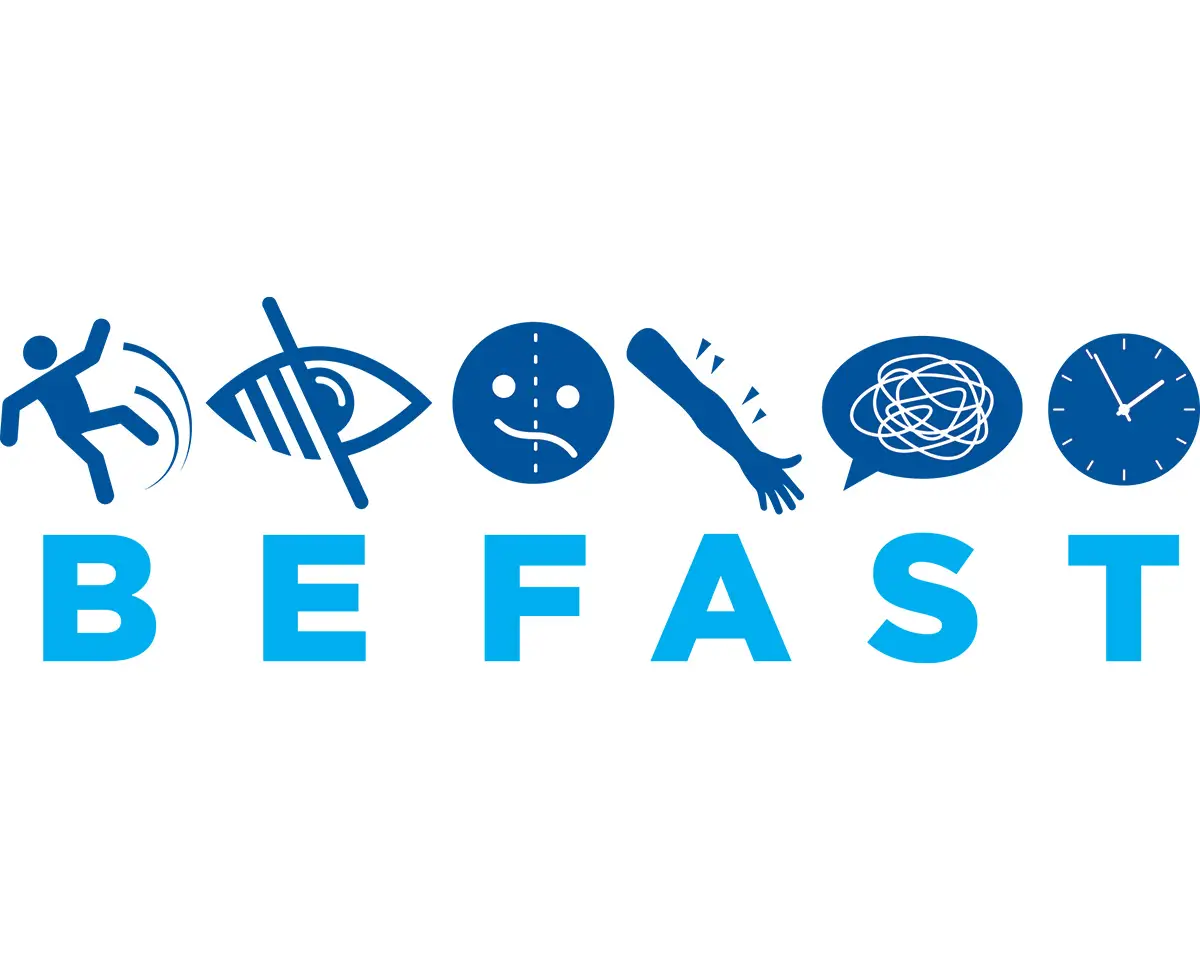Two EMS Experts Weigh in on Why it’s Important to Call 911 Immediately in the Case of Stroke

When it comes to stroke, it’s crucial to know how to recognize its signs and symptoms so you can access care quickly and preserve brain function. One acronym — BE FAST — can make it easier to identify a stroke, which happens when there’s a blockage to the brain’s blood supply (an ischemic stroke) or a sudden rupture and bleeding in the brain (a hemorrhagic stroke).
BE FAST stands for:
- Balance: Does the person have a sudden loss of balance?
- Eyes: Has the person lost vision in one or both eyes?
- Face: Does the person's face look uneven?
- Arm: Is one arm hanging down?
- Speech: Is the person's speech slurred? Do they have trouble speaking or seem confused?
- Time: Call 911 now.
If you suspect you or a loved one is having a stroke, that last step is crucial. Call 911 immediately. The faster you receive care for a stroke, the easier it is to stop and reverse damage to the brain. Even if you’re unsure about your symptoms, get checked by a medical professional.
BJC HealthCare offers comprehensive treatment for stroke patients from a multispecialty team of health care providers. Recently, we spoke to two of them who work in BJC’s emergency medical services (EMS) — Alex Davis, paramedic and field training officer at Alton Memorial Hospital, and Monica Emde, supervisor of emergency medical service at Christian Hospital — about stroke care, to help you know what to do in case of an emergency.
Are there any overlooked signs or symptoms of stroke?
“When you think of stroke, a drooping face, inability to speak and weakness on one side are usually what most people associate as signs or symptoms of the disease,” Emde says. “But generalized weakness is another indicator of a stroke. It can start as general fatigue or lethargy. It could be that a person is unable to get up and move around like they usually would, which can be an early sign of a stroke.”
Why is it important to call 911 immediately if you suspect you or a loved one is having a stroke?
Emde says the goal is for care to begin within an hour of the onset of stroke symptoms, and that care can start in an ambulance, as opposed to driving in a car.
"The sooner someone calls 911, the faster the process can start," Emde says. "We want to get you in the golden hour, from the time of the onset of symptoms to the time of the first treatment. We aim for under an hour. Over an hour, the damage becomes more permanent and difficult to reverse." People experiencing a stroke might need tPA, a medication that separates blood clots, or a CT scan to identify where the stroke is occurring.
What happens in an ambulance when a patient calls 911 for a suspected stroke?
Once a patient is in the ambulance, EMS will perform the Fast ED-Stroke Scale Test to check for symptoms and determine how severe they are.
“They’ll ask the patient to smile and check for facial drooping, squeeze with their hands to test if one side is weaker than the other or push with their hands to also test for weakness,” Emde says. “They will check the patient’s pupils to see if one is bigger than the other, if they're equal, reacting the same or if they are sluggish to respond.”
Davis adds that EMS is also checking a patient’s vitals, starting an IV and putting them on a cardiac monitor. “All of this is happening while the ambulance travels to the closest stroke-capable facility,” he says.
What are some myths that people believe about stroke?
Some think that if you have a stroke, you will have loss of normal functions or become disabled. However, Davis says, "the faster you call 911 and get to the hospital, the more likely you are to have a successful and full recovery."
Another myth people believe is that if they have mild symptoms of a stroke at home, and those symptoms subside independently, they're OK.
"That could be a concern because it is a precursor to a much bigger impending stroke," Emde says.
How does stroke affect women differently than men?
The stats around stroke in women are sobering: According to the American Heart Association, 1 in 5 women between the ages of 55 and 75 will have a stroke, and 57% of stroke deaths occur in women. There is also a disparity in terms of women and stroke. Black women are more likely to die from a stroke than white women.
Women and stroke risk can be partially explained by certain factors: High blood pressure is a leading risk factor for stroke, and 2 in 5 women have high blood pressure. Women also have unique risk factors for stroke because high blood pressure during pregnancy, preeclampsia and certain types of birth control can lead to stroke. But women also tend to live longer than men, and the risk of having a stroke increases with age.
The good news is that according to the National Stroke Association, up to 80% of strokes may be prevented. Regular exercise, healthy eating, maintaining a healthy weight and not smoking can help prevent strokes.
Take the first step in protecting yourself from stroke by completing our free online stroke risk assessment at bjc.org/strokeHRA, and hear from one of our patients who recommends calling 911 if you suspect a stroke.
Recent News
Article
Breathe Easier: Tips for Improving Your Lung Health
Article
Chenitra Emergency Care
Article
Leading The Way in Lung Cancer Diagnosis
Article
Safety Tips for 4th of July Firework Fun
Article
Metro East Vascular Access Center
Article